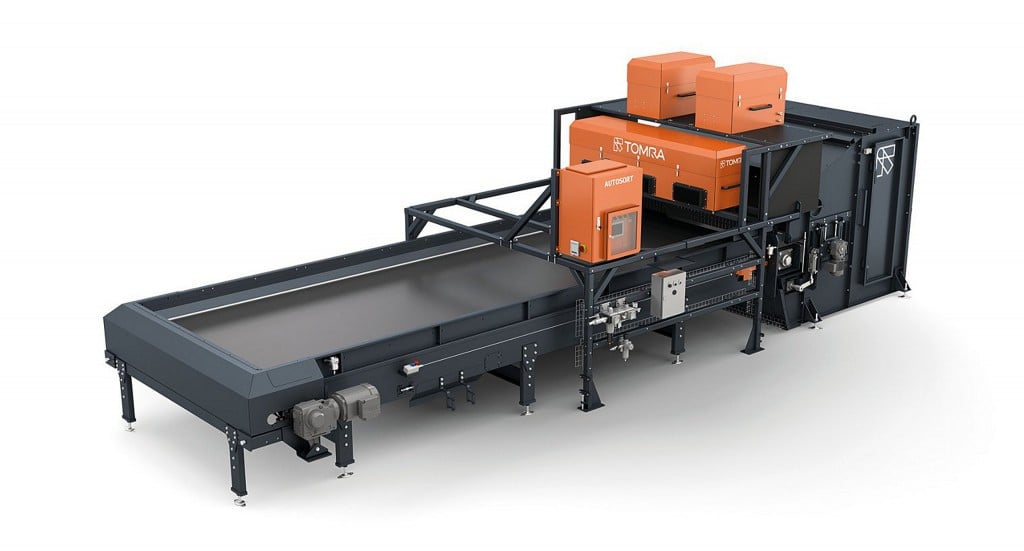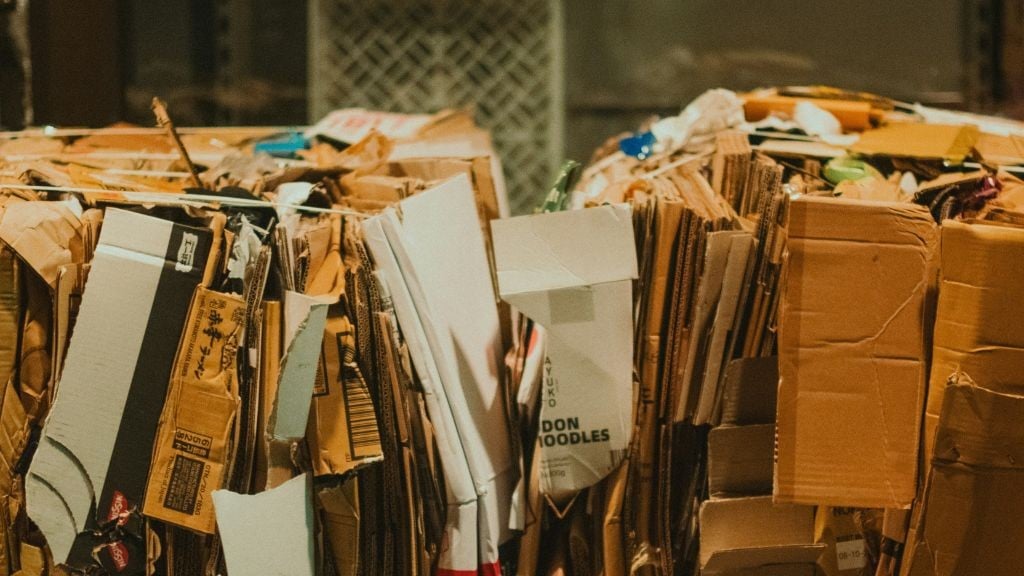TOMRA introduces laser object detection system that identifies black objects and glass
New sorting technology provides increased purity in recycled paper, Zorba and Zurik

TOMRA Sorting introduces its new Laser Object Detection (LOD) system that, when used in combination with AUTOSORT and FINDER, boosts the circuit's sorting capabilities, allowing waste and scrap recycling operations to reach final product purity levels unique to the market and never before possible. Featuring TOMRA laser technology that sorts based on the feed material's spectral and spatial characteristics, the new LOD detects material that near infrared technology (NIR) is incapable of identifying.
"NIR technology cannot detect items such as black plastic and rubber, glass, and other waste items," explains Carlos Manchado Atienza, regional director, Americas for TOMRA Sorting, Inc. "By combining our new LOD technology, which can detect these items, with our powerful AUTOSORT and FINDER systems, TOMRA once again leads the industry in developing and adapting technology to meet continually evolving specifications in the market."
LOD gives recycling facilities a low energy, cost-effective solution for meeting tough customer purity requirements. The new TOMRA sorting system boosts final product purity by as much as 4 percent without sacrificing circuit productivity. Its modular design enables the flexible LOD system to be added onto the same platform as existing latest generation TOMRA sorting equipment. Alternatively, it can be added to the circuit as its own standalone sorting stage.
Developed for simple and fast installation and programming into existing plants, the new LOD is mechanically mounted to a platform. Unlike other systems, this arrangement allows for both large and small feed material to pass under the laser without blockage.
"LOD is the perfect complement to existing TOMRA equipment within a circuit to give purity levels a boost to meet ever-tightening final product purity requirements such as the China National Sword standard," comments Ralph Uepping, technical director of recycling at TOMRA Sorting. "Increasing product purity levels expands market potential and increases the profit potential for customers."
Sorting glass from paper
Unlike alternative methods that demand high energy draw, TOMRA's new LOD system cost-efficiently sorts glass as well as plastic material and black plastic from paper, significantly boosting product quality. Foreground detection technology ensures the laser beam only identifies material above the belt, reducing background noise and giving operations the flexibility to use any type of belt feeder for the circuit.
Combined with TOMRA's AUTOSTORT near infrared technology - either as an add-on to the existing platform or as an additional line - LOD gives customers an efficient solution for upgrading product quality without air systems that stir up dust particles, lead to paper material loss and increase circuit downtime for cleaning. An open design allows a variety of material from small pieces of paper to large boxes to pass through the laser without fear of clogging or sorter recalibration.
Increasing material value
LOD offers easy and fast integration into scrap processing facilities relying on TOMRA's FINDER system, which features Intelligent Object Detection (IOD) to sort non-ferrous material such as aluminum and stainless steel. LOD separates black rubber, glass and plastic material from Zorba and Zurik products, allowing operations to turn these commodities into more valuable revenue streams. The product purity offered by LOD can allow operations to reduce the number of manual pickers required at the end of the process, lowering operational costs.
For operations tight on space, the new LOD bolts onto the existing FINDER platform to help increase final product quality by 3-4 percent to meet new 2018 China scrap import regulations. The flexible laser sorter can adapt to circuits with 42.2-in (1,200-mm), 70.9-in (1,800-mm) or 94.-in (2,400-mm) widths.



